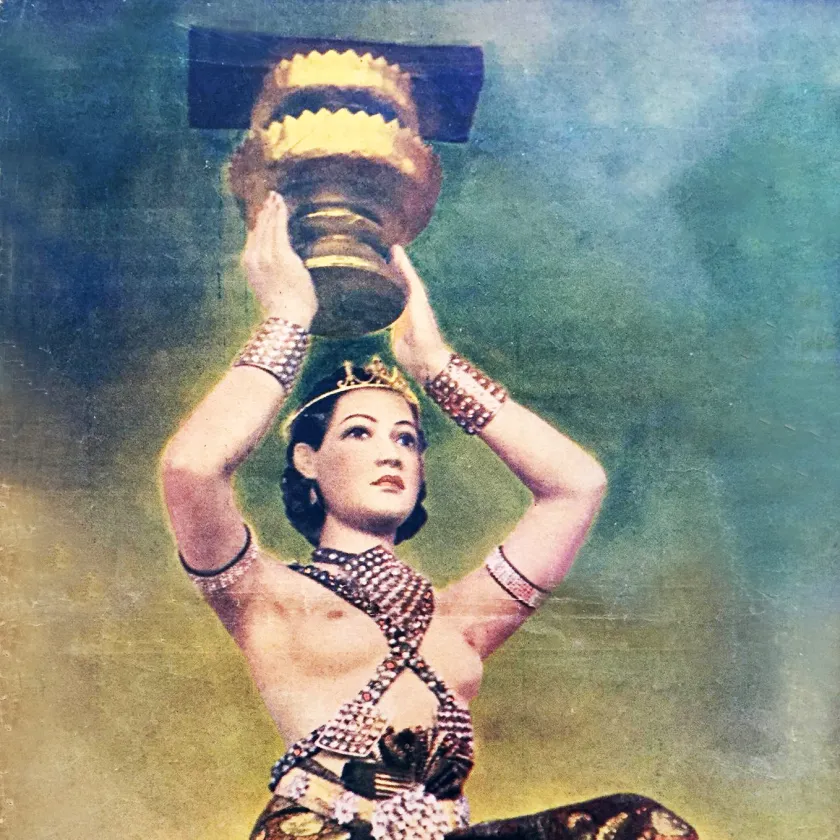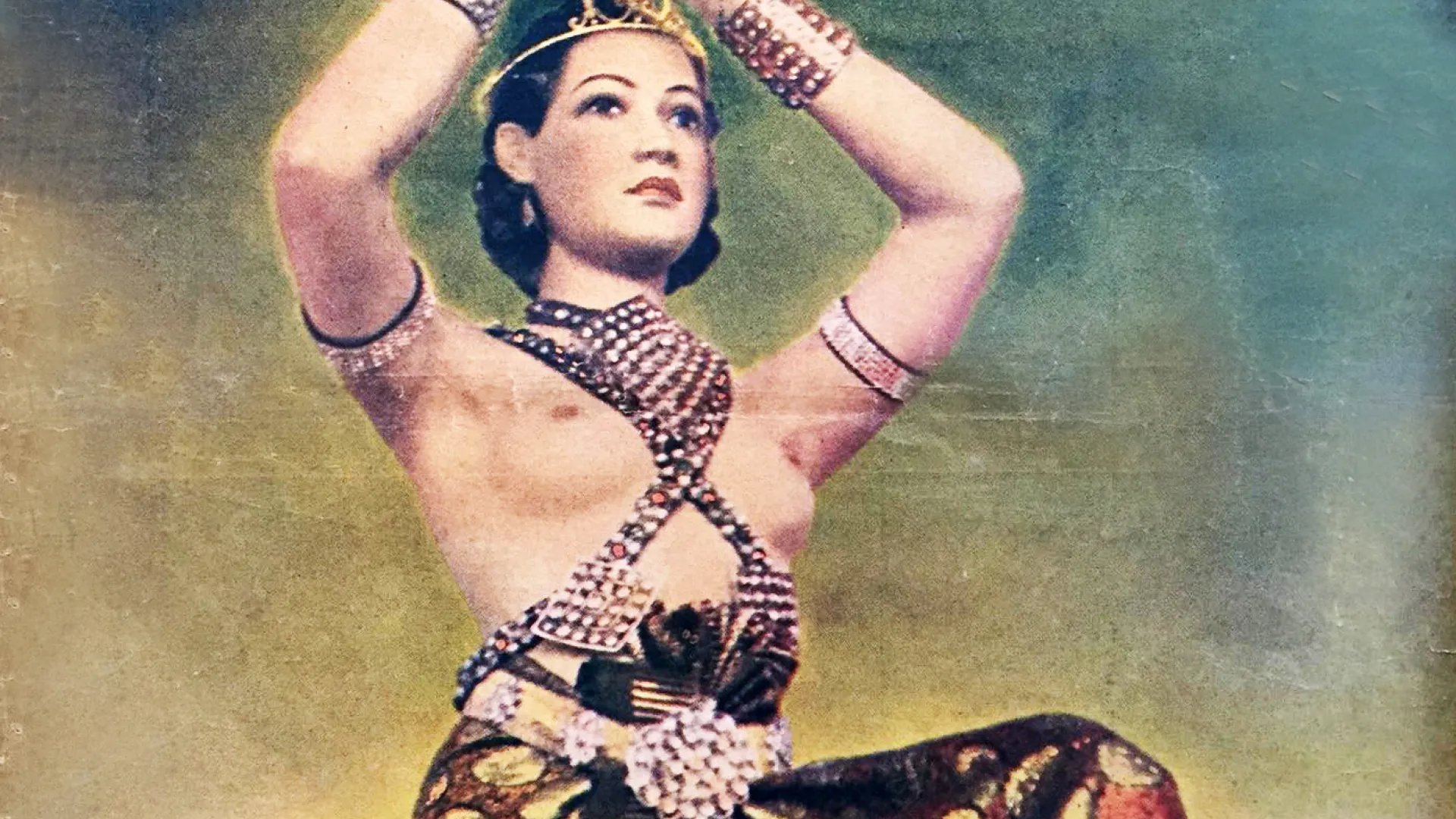Alongside the promotion of democratic ideals, the support for gender equality and women's rights was another social issue that the People's Party sought to advance following the 1932 revolution. This framework of thought was made evident through the promulgation of Thailand's first constitution, which granted women the right to vote as well as to run for parliamentary office. This was a notable provision not commonly seen in the democratic processes of Western countries at the time. Similarly, the promotion of monogamy was reinforced through the implementation of the Civil and Commercial Code concerning family and inheritance in 1935, which mandated that a person could have only one legally recognized spouse at a time. Moreover, the significant role of women was prominently displayed during the Constitution Day celebrations with the Miss Siam pageant in 1934. This platform provided women with the opportunity to assert their rights and identities in the new society while seeking symbols of prestige for democracy and the nation. This pageant later evolved in both form and meaning to become the "Goddess of the Constitution" during the tenure of Prime Minister Field Marshal Plaek Phibunsongkhram (1938-1944). The early 1940s marked a period of enhanced government efforts to promote the role of women, including policies to elevate the status of Thai women in accordance with modern principles. These efforts encompassed aspects such as modern attire, cheerful mind, and maintaining good health "to become quality mothers who would produce citizens of quality in large quantities." Additionally, women's roles in society were expanded, including their participation in economic activities, serving as the home front during wartime (through the establishment of the Volunteer Red Cross), and even joining military forces (through the establishment of the Junior Red Cross and female cadet and officer schools). During Field Marshal Phibunsongkhram's era, the prominent image that celebrated women's roles was the depiction of women as the "flowers of the nation" and the "mothers of the nation," alongside the exaltation of their beauty into a goddess of the constitution.
The image of the Goddess of the Constitution on the cover of the New Monday Thailand magazine dated December 9, 1940, is a medium that clearly reiterates the People's Party's concept of elevating and honoring women to play a role in national development. The image depicts a topless woman wearing a traditional Thai skirt, a crown, bracelets, a necklace, and diamond jewelry. The woman is holding the Constitution Tray above her head with both hands. The woman's physique in the image reflects the ideal body according to the People's Party's art style, characterized by fullness, strength, and good health. Moreover, the act of the woman holding the Constitution Tray above her head directly communicates the importance placed on the constitution in Thai society at that time. It signifies the constitution as the supreme law of the nation, which everyone must uphold and regard as the most important.
Although the image of the Goddess of the Constitution symbolizes modern ideas of gender equality during the People's Party era, it is noteworthy that the People's Party and all government leaders at the time were male. This suggests that the ideal of perfect womanhood in that era still fell under a patriarchal framework. In other words, men continued to set the standards of beauty that women had to follow, rather than women deciding for themselves how to shape their own bodies. Similarly, societal views still positioned women as subordinate supporters of their husbands or as mothers to bear children, who would then contribute to the nation's progress. Women in the People's Party era were not yet seen as individuals with the right to define their own roles or lifestyles. Further evidence of this can be seen in the fact that, even though the law allowed women to run for parliamentary office since 1932, no female candidates were elected to the legislature during the 15 years of the People's Party era. The first female Member of Parliament in Thailand was Orapin Chaiyakan, who was elected in Ubon Ratchathani in 1949. Nonetheless, this understanding is consistent with the societal context of that time, where most people still viewed governance as a male domain. We cannot deny, however, that the foundations laid by the People's Party, especially during the era of Field Marshal Plaek Phibunsongkhram, marked the beginning of the development of women's rights in modern Thailand, with lasting effects that continue to the present day.


